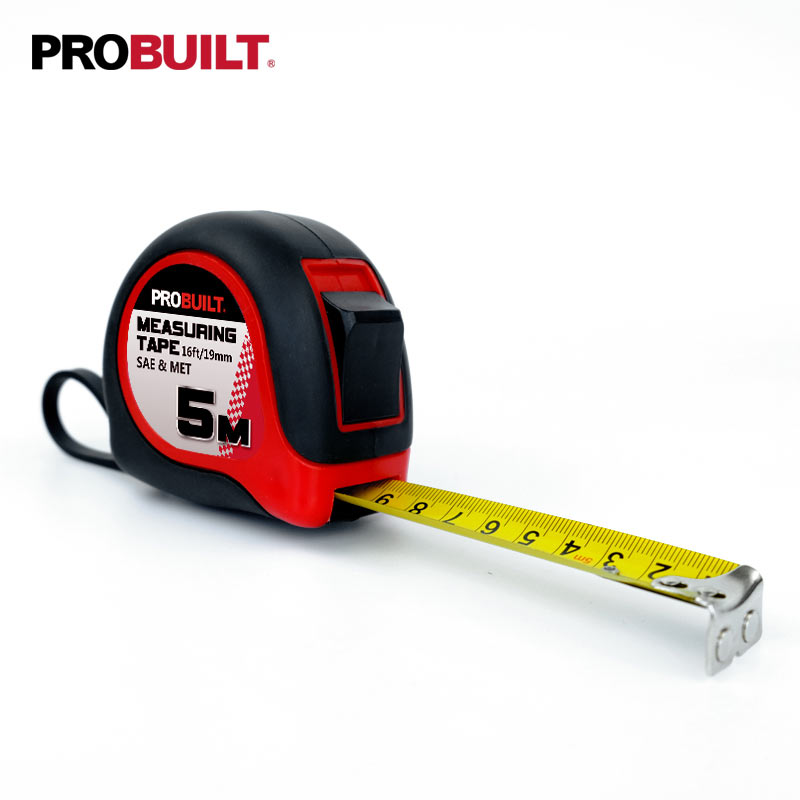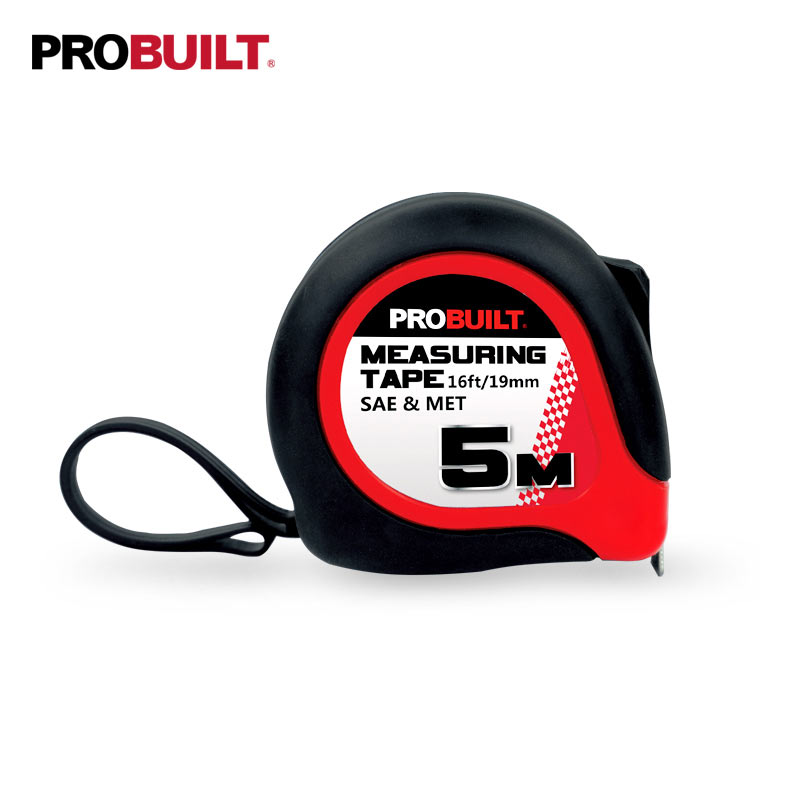+86 311 8533 5186
Selecting the right measure tool is crucial for accuracy and efficiency in various projects. With a plethora of options available in the market, understanding the key factors to consider can help you make an informed decision. Here's a guide on what to contemplate when choosing a tape measure.

Length: Determine the typical length of materials you will be measuring to ensure the tape measure is long enough for your needs.
Width: A wider tape may offer better stability and durability, especially when measuring longer distances.
Blade Material: Look for a tape measure with a durable blade material, such as steel or fiberglass, for longevity.
Coating: A good coating on the blade protects against wear, corrosion, and improves readability.
Accuracy: Check the tape measure's accuracy, typically indicated in fractions of an inch or millimeters. Precision is crucial for precise measurements.
Clear Markings: Opt for a tape measure with clear and easy-to-read markings. High-contrast markings facilitate accurate readings.
Reliability: The locking mechanism should securely hold the tape in place to prevent accidental retractions.
Ease of Use: Choose a tape measure with a user-friendly locking mechanism for convenience during one-handed use.
Quality: The end hook should be sturdy and firmly attach to the material being measured.
Design: Some end hooks are designed to grab the edge of a material, providing more accurate readings.

Preferences: Choose a tape measure that displays measurements in units you are most comfortable using, whether it's inches, feet, centimeters, or meters.
Dual Units: Dual units on the tape can enhance versatility.
Grip: A comfortable and ergonomic grip ensures ease of use, especially during prolonged measurements.
Retraction: Smooth and controlled retraction is essential for safety and efficiency.
Standout Length: Consider the standout length (maximum unsupported length of the tape) for vertical or horizontal measurements.
Built-in Features: Some tape measures come with built-in features such as level bubbles, magnetic hooks, or pencil holders.
Reputation: Choose tape measures from reputable brands known for quality and durability.
User Reviews: Read user reviews to understand the real-world performance and experiences of others with a specific tape measure model.
Value for Money: While it's important to stay within budget, prioritize value for money over the cheapest option. Investing in a quality tape measure pays off in accuracy and longevity.
In conclusion, selecting a tape measure involves assessing your specific needs, considering durability and accuracy, and weighing additional features against your budget. By keeping these factors in mind, you can confidently choose a tape measure that meets the demands of your projects, enhancing your overall workmanship and efficiency.To explore our range of tape measures, please visit our website and contact us.

Copyright © Sinotools Industrial All Rights Reserved.. Technical Support: